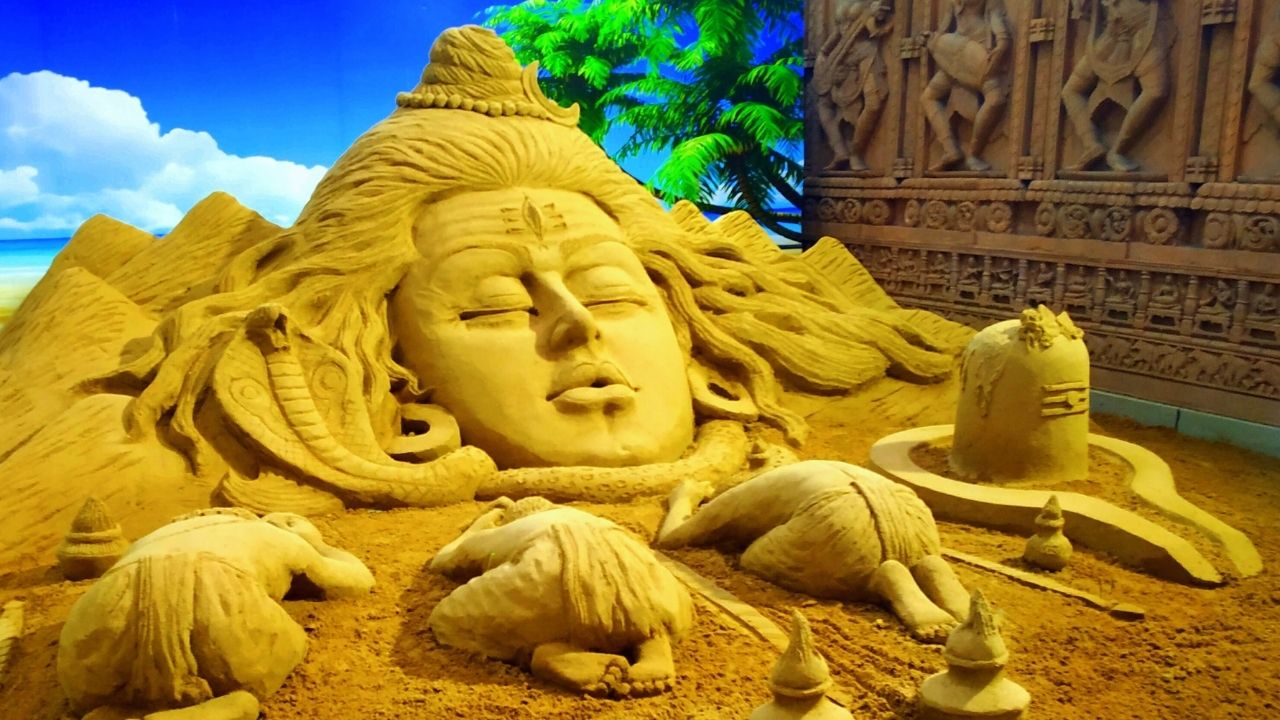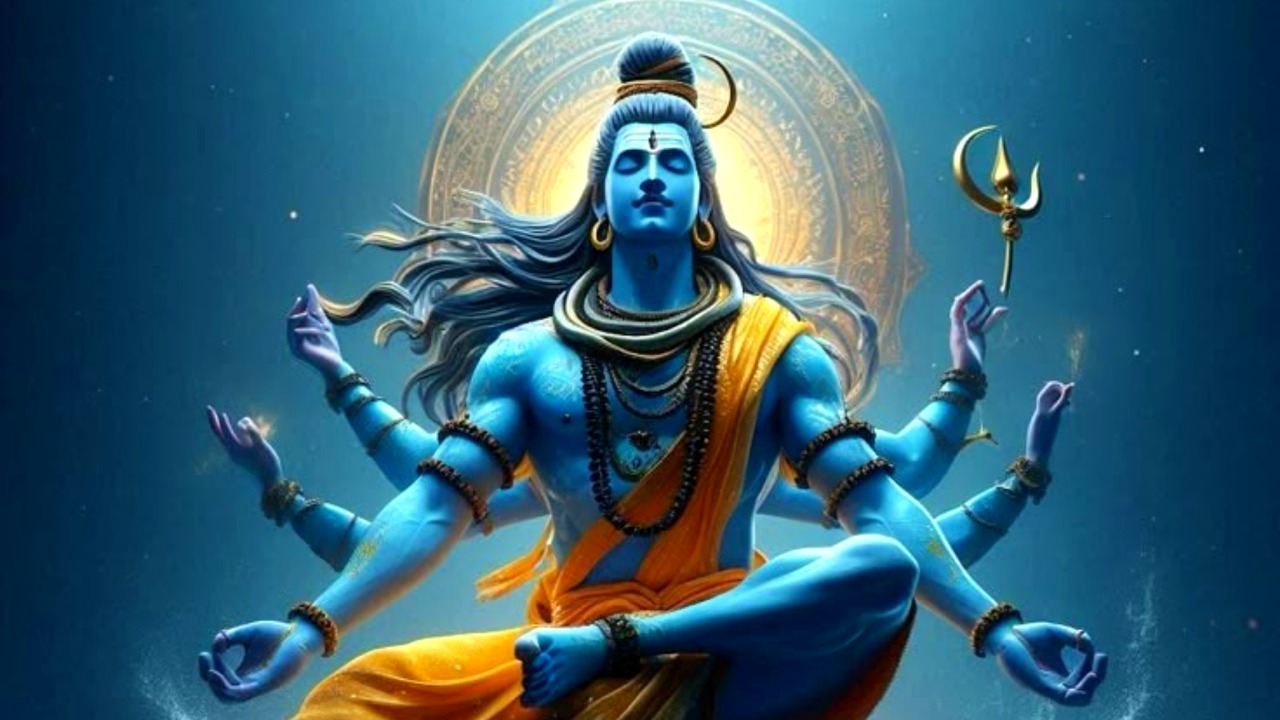Have you even thought, “Why Do We Celebrate Mahashivaratri? Mahashivratri, one of the most respected celebrations in Hinduism, is celebrated yearly to honor Master Shiva, the god who represents destruction, change, and regeneration. The name itself is a combination of two words: “Maha,” meaning awesome, and “Shivaratri,” meaning the night of Shiva. This celebration holds immense spiritual significance, observed by millions of devotees around the world. But why is this night so extraordinary, and why do people celebrate it with such dedication and excitement? Let’s investigate the beginnings, beliefs, and traditions related to Mahashivratri.
The Mythological Significance of Mahashivratri
Mahashivratri is said to check the night when Ruler Shiva performed the Tandav, an infinite move symbolizing the creation, conservation, and disintegration of the universe. It is accepted that amid this time, the control of Ruler Shiva is at its top, and aficionados who lock in in supplication, fasting, and reflection can involvement otherworldly awakening.
According to Hindu mythology, it is said that on this day, Master Shiva hitched Parvati, the goddess of richness, adore, and dedication. The union of Shiva and Parvati is considered exceedingly favorable, meaning the adjustment between self-denial and common wants. Lovers accept that by celebrating this sacrosanct event, they can conjure Master Shiva’s favors for thriving, great wellbeing, and otherworldly enlightenment.
Another well-known legend encompassing Mahashivratri tells the story of an evil presence named Andhaka, who was murdered by Ruler Shiva on this night, symbolizing the triumph of great over fiendish. This triumph is another reason why aficionados celebrate Mahashivratri with fervor, accepting that it makes a difference and cleanses them of negative energies and the pollution of the soul.

Spiritual Importance and the Part of Master Shiva
Lord Shiva is known as the Adi Yogi, the to begin with yogi, who is accepted to have conferred the information of contemplation, yoga, and otherworldly hones to mankind. Mahashivratri is not fair a celebration but a call to hone teach, self-control, and commitment to accomplish otherworldly development. For those who look for internal peace, reflection on Mahashivratri is thought to bring them closer to achieving the extreme truth and moksha (freedom from the cycle of life and death).
The night of Mahashivratri is an event for otherworldly searchers to lock in in different hones that honor Master Shiva, like chanting the Mahamrityunjaya Mantra, watching fasting, and advertising supplications at sanctuaries. Concurring to Hindu convictions, amid the hours of night, the intellect is most open to otherworldly hones. Hence, aficionados remain alert and lock in in supplications and reflection, symbolizing the travel from obscurity (numbness) to light (knowledge).
Customs and Ceremonies Related with Mahashivratri
Mahashivratri is watched through an arrangement of customs and traditions that hold awesome otherworldly esteem. Here are a few of the key hones that aficionados follow:
1. Fasting and Supplication: Numerous aficionados watch a quick, going without from nourishment and water, or in a few cases, eating as it were natural products and vegetables. The thought is to decontaminate the body, control wants, and center on otherworldly hones. The quick is considered a way to cleanse oneself of debasements and look for Ruler Shiva’s blessings.
2. Night Vigil (Jagran): Lovers remain wakeful all through the night, chanting the Om Namah Shivaya mantra or other supplications committed to Master Shiva. This vigil symbolizes overcoming the haziness of obliviousness and setting out on a way of shrewdness and self-realization.
3. Offerings to the Shiva Lingam: Lovers visit Shiva sanctuaries to perform Abhishekam, the ceremonial showering of the Shiva Lingam (the image of Ruler Shiva) with drain, nectar, water, and other sacrosanct things. The act of advertising supplications to the Shiva Lingam speaks to commitment, virtue, and the affirmation of the divine presence.
4. Meditation and Yoga: As the Adi Yogi, Ruler Shiva is related with contemplation and yoga. On Mahashivratri, aficionados hone contemplation, yogic breathing, and other otherworldly hones to extend their association with the divine and involvement inward peace.
5. Recitation of Sacrosanct Writings: It is common for aficionados to recount the Shiva Purana or chant the Mahamrityunjaya Mantra, which is said to bring assurance, mending, and life span. These writings are considered sacrosanct and are accepted to conjure Master Shiva’s blessings.
6. Decorating Sanctuaries and Homes: Sanctuaries committed to Master Shiva are embellished with blooms, lights, and other offerings. Aficionados too enhance their homes and wear clean, straightforward clothing to stamp the auspiciousness of the day.

Significance of the Date
Mahashivratri falls on the 13th night or the 14th day of the dull fortnight in the month of Phalguna, which as a rule compares to February or Walk in the Gregorian calendar. The correct date shifts depending on the lunar calendar, but it is all around recognized as a day of extraordinary otherworldly significance.
The dull fortnight symbolizes the time of reflection and self-reflection. The move from obscurity to light speaks to the travel of individual and otherworldly development that each lover is energized to attempt. In this way, Mahashivratri is not as it were an event for devout recognition but moreover a time for significant inward transformation.
Maha Shivratri Around the World
Though Mahashivratri is primarily celebrated in India, it is observed by millions of devotees across the globe, especially in countries with significant Hindu populations such as Nepal, Bangladesh, Sri Lanka, and Mauritius. People in these regions often visit Shiva temples, engage in fasting and meditation, and celebrate the festival with rituals that have been passed down for generations.
In the modern world, Mahashivratri has also garnered attention in the global yoga community. Many yoga practitioners view the night as an opportunity to deepen their practice, perform longer meditation sessions, and connect with Lord Shiva’s energy.
“Maha Shivratri is a night of deep spiritual significance. It represents the fusion of devotion, self-discipline, and inner transformation. Whether through fasting, prayer, chanting, or meditation, this auspicious occasion provides a pathway for millions of devotees to seek peace, healing, and liberation. It is a reminder of the importance of balance in life and the journey from ignorance to wisdom. As one of the most spiritually enriching festivals in Hinduism, Mahashivratri serves as an opportunity to honor Lord Shiva and immerse oneself in his divine presence, ultimately fostering a deeper connection with the self and the universe. On this night, as the darkness gives way to the light of knowledge, may we all experience the eternal blessings of Lord Shiva and continue our journey of self-discovery and spiritual awakening.”
Reference from authoritative sources such as:
- Sacred texts like the Shiva Purana and Mahamrityunjaya Mantra for more in-depth spiritual context about Mahashivratri.
- Hindu Temples and Institutions like the official websites of major temples dedicated to Lord Shiva (e.g., Kashi Vishwanath Temple, Somnath Temple, etc.).
- Books on Hindu festivals and mythology, such as those written by renowned scholars on Hinduism, delve deeper into the cultural and religious significance of the festival.
- Websites with religious content like Hinduism Today, India.com, and Times of India that provide articles and features about Hindu festivals.










Leave a Reply